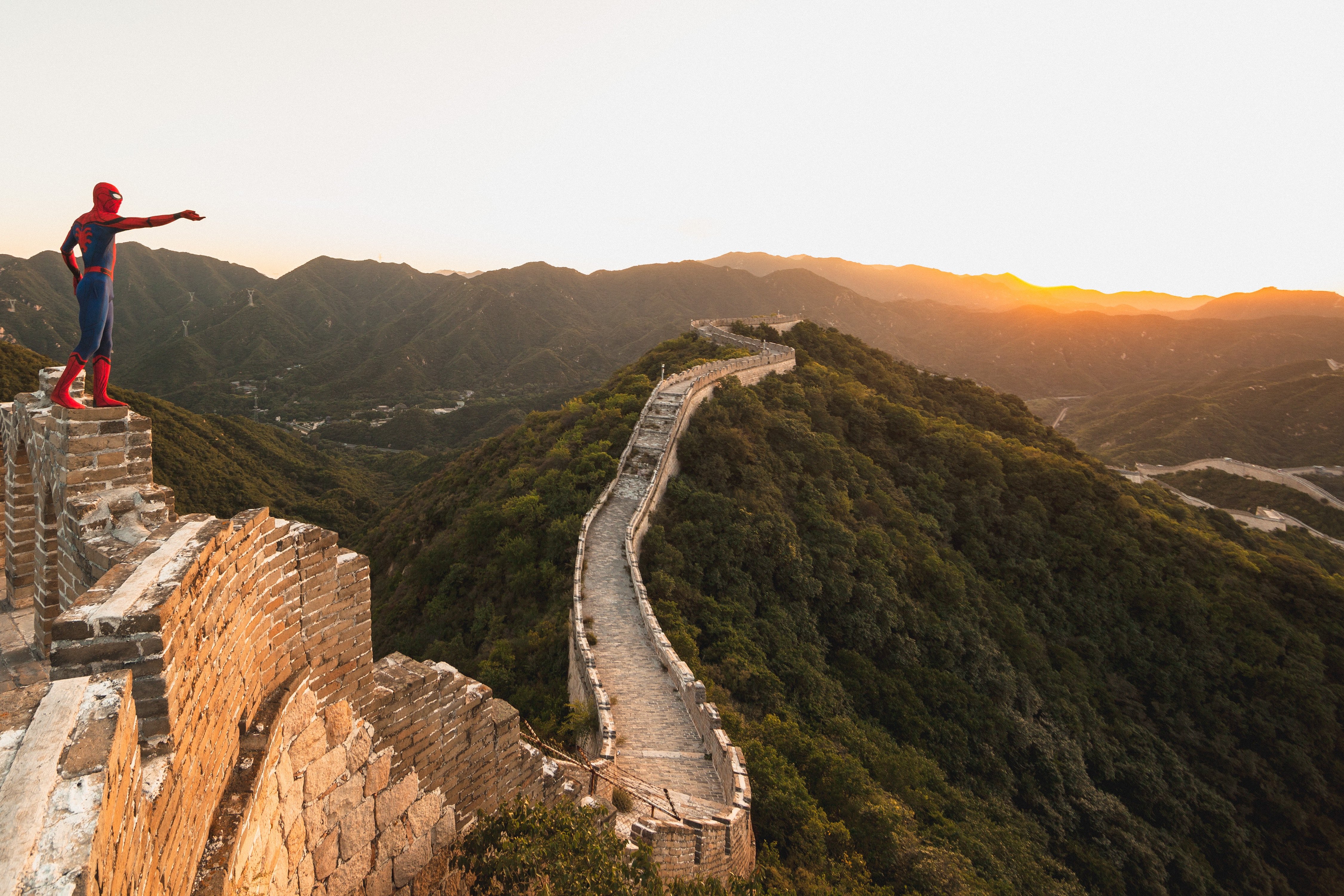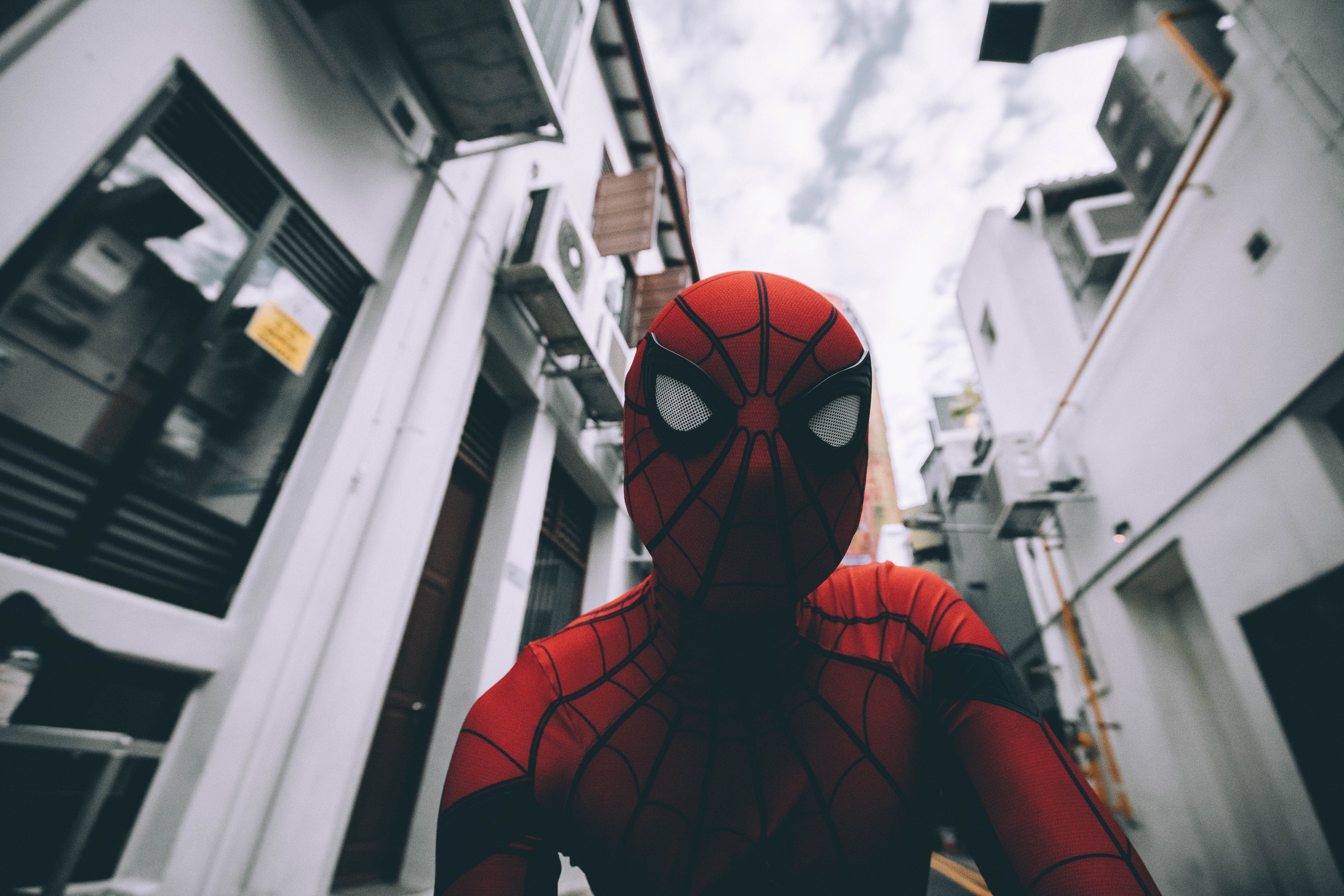Every culture has its heroes. And every hero, in every culture, follows a similar path.

In 1949, renowned cultural anthropologist Joseph Campbell released his seminal text: The Hero with A Thousand Faces.
This book examines stories from around the world using psychology and comparative mythology to discover reoccurring, universal patterns. Through his research, Campbell uncovers a universal motif for stories revolving around a hero: a call to adventure, a break with the status quo, and a subsequent series of events resulting in transformation and the triumph of good. Campbell called this reoccurring, universal motif a “monomyth”.
The Hero with a Thousand Faces continues to be relevant to modern critics and storytellers to this day, because the monomyth remains a prominent structure in modern film, theatre, writing, and other forms of story-sharing. Since I first learned about The Hero’s Journey, I have been fascinated by Joseph Campbell and this research. I see the motif occurring in a vast cross-sector of media that I consume in my everyday life, from Spiderman, to The Lion King, to The Matrix, to my favorite story of all time, Lord of the Rings.
Because of my fasciation with this storytelling structure, I’ve maintained my fasciation wth Joseph Campbell and all of his work, taking inspiration from the following words:
“When you find a writer who really is saying something to you, read everything that writer has written and you will get more education and depth of understanding out of that than reading a scrap here and a scrap there and elsewhere. Then go to people who influenced that writer, or those who were related to him, and your world builds together in an organic way that is really marvelous.” -- Joseph Campbell, The Hero’s Journey
For example, as you start to dig in to Joseph Campbell, you’ll naturally be led to Carl Jung and his brand of analytical psychology that is also rooted in anthropology, religion, archaeology and other cultural factors. Through reading these works, you begin to see the rich connections that exist between our global, collective conscious, the stories that we tell, and universal human desires.

To begin, let’s lay out the 12 steps of The Hero’s Journey!
Watch this 2-minute, animated synopsis of The Hero’s Journey from motion designer Iskander Krayenbosch for a great snapshot of this storytelling structure!
The 12 Steps of The Hero’s Journey
1. Ordinary World/Status Quo
The hero is living in the ordinary world, i.e. life as normal. At this point, the hero is not likely to perceive themselves as special, or fated. This is where we see the true colors of the hero in their natural habitat. This is the moment in the story where the audience is asked to connect with the hero, seeing them as innately human and worthy of empathy.
2. Call to Adventure
The status quo changes when the hero experiences a call to adventure. Something happens that changes the circumstances and prompts a decision that will change the course of the story. A special occurrence is most often the mark of a call to adventure.
3. Refusal of the Call
At this stage, the hero runs in the opposite direction. The hero may feel that they are ill-equipped for the challenge, doubt themselves, or have other reasons for being loathe to take up the quest. The audience bonds with the hero as we see that he shares our own doubts and questions, we see that the hero is not perfect but merely human like us.
4. Supernatural Aid/Meeting the Mentor
The hero meets a mentor or gains supernatural resources that boost their confidence and help them to accept their quest. Through guidance, gifts of importance, or other training/development the hero prepares to set out.
5. The Crossing of the Threshold
Finally ready, the hero sets out. Our hero is challenged by something that finally forces them to break with the ordinary or natural world and step fully into the unordinary/supernatural realm. Once facing this challenge, they have crossed fully into the adventure.
6. Tests, Allies, & Enemies
Here the hero is thoroughly tested by a series of challenges and obstacles to overcome. Along the way, the hero meets a variety of other characters who will serve as allies or enemies throughout the story, and help to set-up the resolution.
7. Approach to the Inmost Cave
Our hero is now nearly to their ultimate goal, having faced and overcome many trials. It is here, however, that the hero may again experience a flicker of self-doubt or need a bit of last minute support. Here again, the audience is reminded of the hero’s humanity.
8. The Ordeal
Here the hero experiences a great battle, trial, or test. This is the moment where good should triumph and the ultimate goal desired by our hero will be achieved. This is the culminating event of every challenge the hero holds dear, and in this battle their life, soul, or future is at stake. If the hero does not win this fight, they will likely die or never recover. The price of losing is too great.
9. The Reward
The hero defeats the enemy or overcomes their deep conflict and reemerges as a stronger, more resilient version of themselves. Often, this victory is also associated with a prize of some sort (information, wealth, power, etc...). While the hero is happy to have won, they are still in the Supernatural world, and feel the urge to return to their Ordinary state.
10. The Road Back
Now the hero travels back to the Ordinary world in reverse of their initial journey. However, the hero still belongs to the Supernatural realm, and likely there will be one final challenge to help them make the transition fully back into the Ordinary world.
11. Resurrection
It is likely in this moment that the hero will experience a final, epic confrontation with death (or another dangerous encounter). In this moment, the hero is reborn and experiences a true transformation of self that allows them to be stronger, more empathic, and better able to deal with their everyday world.
12. Return with the Elixir
Finally, the hero returns to the Ordinary world, transformed as a person. They likely bring something back with them that is needed or desired by their community or loved ones, i.e. a direct or magical solution to their problems. During this phase, the hero’s naysayers are often silenced, and they attain the reward and recognition that they deserve.
And now, an extremely useful graphic from Sara McGuire tracing The Hero’s Journey through 6 movies you’ve definitely heard of (and probably watched) to help you see the motif in action!

Why am I so fascinated by this structure?
Well, besides the fact that I see this structure playing out in movies, plays, and media all around me--I also am fascinated by how this structure has existed for millenia on a global scale. Campbell calls this structure a “monomyth”--loosely translated to mean an overarching story that illuminates what is happening within our collective human conscious.
The appearance of the monomyth structure around the world, and throughout the ages, is a powerful testament to how human beings share more commonalities than dissimilarities.
I believe, at the end of the day, all human beings are seeking something extraordinary inside of themselves. We all want to believe that we are capable of crossing our own thresholds, and seeking our own solutions to problems along the way.
Heroes inspire us to go through trials ourselves, and allow us to imagine (even if just for a moment) that we are capable of extraordinary actions and changing the status quo for the better.
What's your favorite story that follows The Hero’s Journey?

I just went to prison for 5 months. Again. | 04
The State of the Art | Race and gender in American theatre.
What is Art and Who Defines It?



